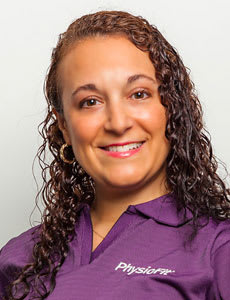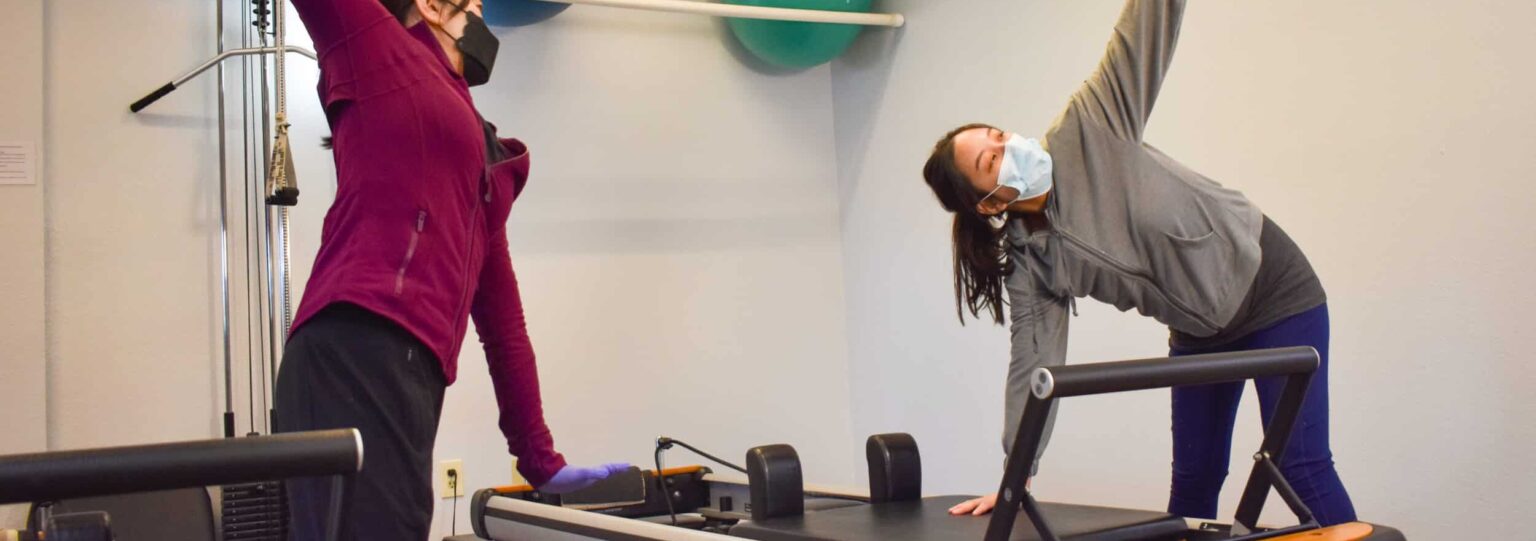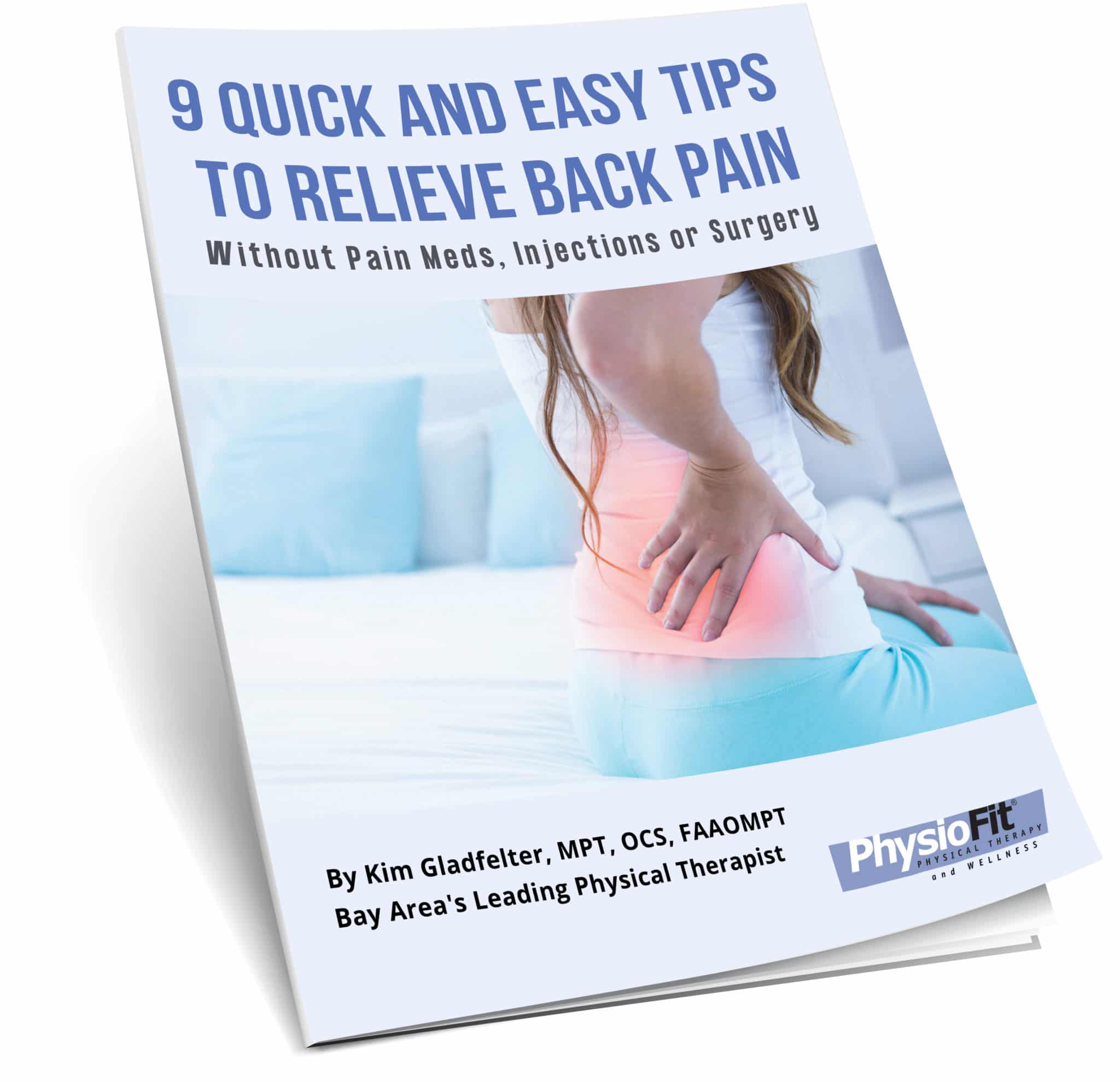Can Pilates Help With Scoliosis?
One might think of Pilates as a modern-day exercise program geared toward the athletic type – the person seeking strength, endurance, and overall body health. Pilates does accomplish all of these goals, but its applications go far beyond general fitness, like helping combat scoliosis.
In fact, some of the most challenging body dysfunctions can be treated with a Pilates-based rehabilitation program. Scoliosis is a condition that can be effectively managed with Pilates.
What is Scoliosis?
Scoliosis causes a “C” or “S” curvature of the spine, making it rotate and twist to one side. Most cases are mild, but severe curvature may cause significant misalignment of the shoulders, hips, pelvis, and spine, as well as breathing problems due to spinal compression. While these problems can be debilitating, scoliosis need not alter the quality of one’s life.
Additionally, rebalancing the use of muscles around the spine will help manage any misalignment from curvatures to the spine. By better engaging the underused weak muscles, the overused muscles can relax, thereby creating a more equal alignment. A concept that Pilates helps to manage well is the rebalancing of the muscles through strengthening and stretching. Improved alignment of the spine, to allow for more efficient, pain-free movement, is achieved once the muscles are rebalanced with these Pilates-based techniques.
How can Pilates help?
Pilates focuses on alignment and centering making it an effective tool to manage the symptoms associated with scoliosis. By rebalancing muscles in the back, elongating the spine, improving breathing capacity, and realigning the hips, Pilates-based techniques can help patients with scoliosis enjoy an active, pain-free existence.
Stretching and expanding the spine is a basic concept in Pilates that helps with compression and reduced lung capacity from scoliosis. Correcting the use of the abdominal, hip, and back muscles decompresses the spine. There are many Pilates mat and apparatus exercises that target these muscle groups, thereby building awareness of posture and spinal elongation. In addition, Pilates helps patients mobilize the rib cage and breathe deeply, which maximizes breathing function and lung capacity.
Scoliosis often results in unequal hip alignment which can cause pain and reduce function. Building awareness of even hip height can help patients better manage the condition. Pilates exercises train patients to align their hips by recruiting the right muscles around their pelvis and spine. Patients correct their hip rotation and twisting by engaging the right muscles.
In the end.
Pilates is more than an avenue to fitness. It is often the best medicine for body dysfunction, and that includes managing any range of motion loss associated with scoliosis. Although no exercise or physical therapy can fully straighten or stop scoliosis, rehabilitative Pilates successfully improves functional movement.
Get your copy of 9 Quick and Easy Tips to Eliminate Back Pain and Stiffness today!
 ABOUT THE AUTHOR
ABOUT THE AUTHOR
Kim Gladfelter, MPT, OCS, FAAOMPT
Women's Health Physical Therapy Specialist at PhysioFit Physical Therapy & Wellness
Kim Gladfelter is a physical therapist, Pilates instructor, educator, author, and co-founder of PhysioFit Physical Therapy & Wellness. She is known as a keen, well-rounded expert of healing through movement and women’s health specialist in the Silicon Valley area.
Kim has helped men and women of all ages to stay active and feel their best. She also writes about managing pain in her health columns, blogs and the local Los Altos Town Crier newspaper as well as reaches out to the local community, support groups, schools, libraries, and sports centers to advise and educate on body awareness and therapeutic exercise.

 Los Altos, CA
Los Altos, CA



